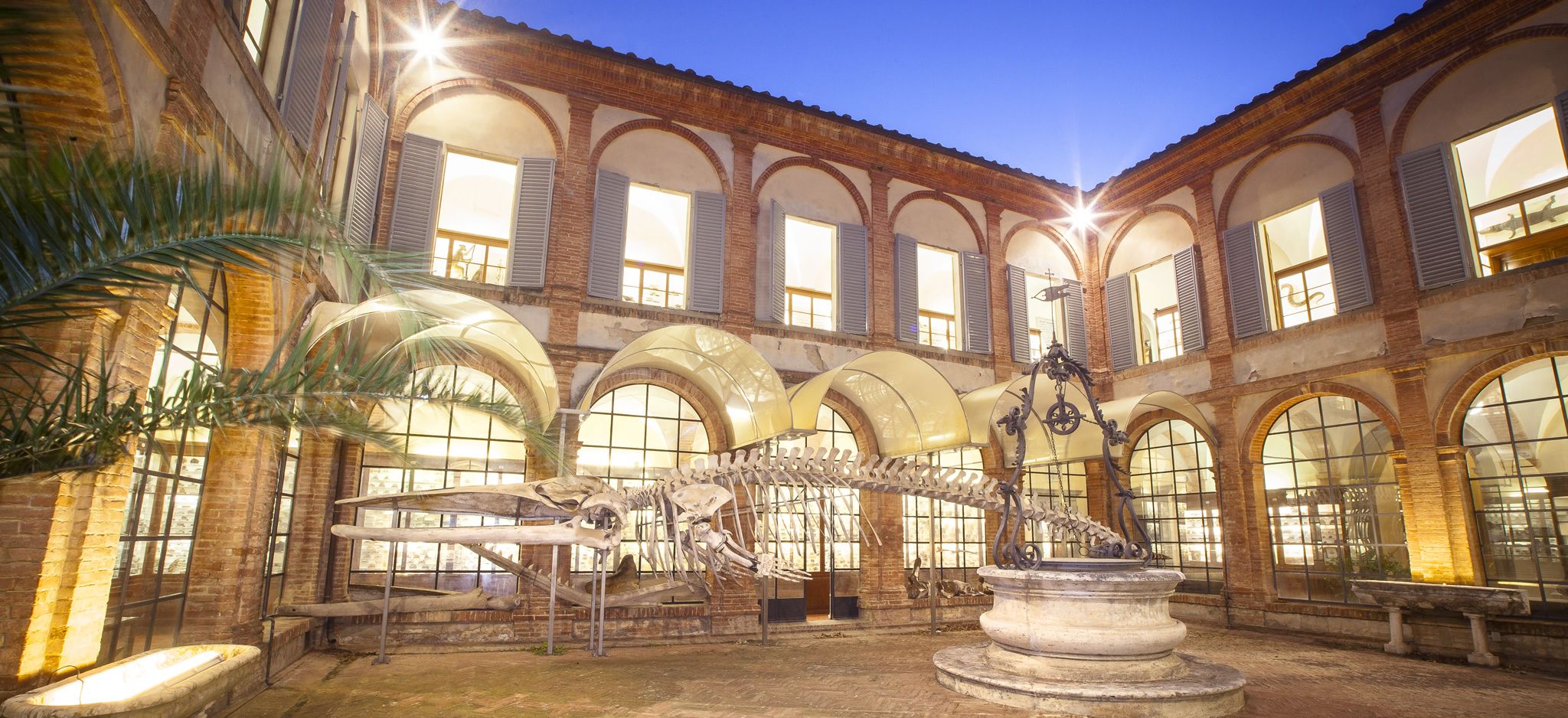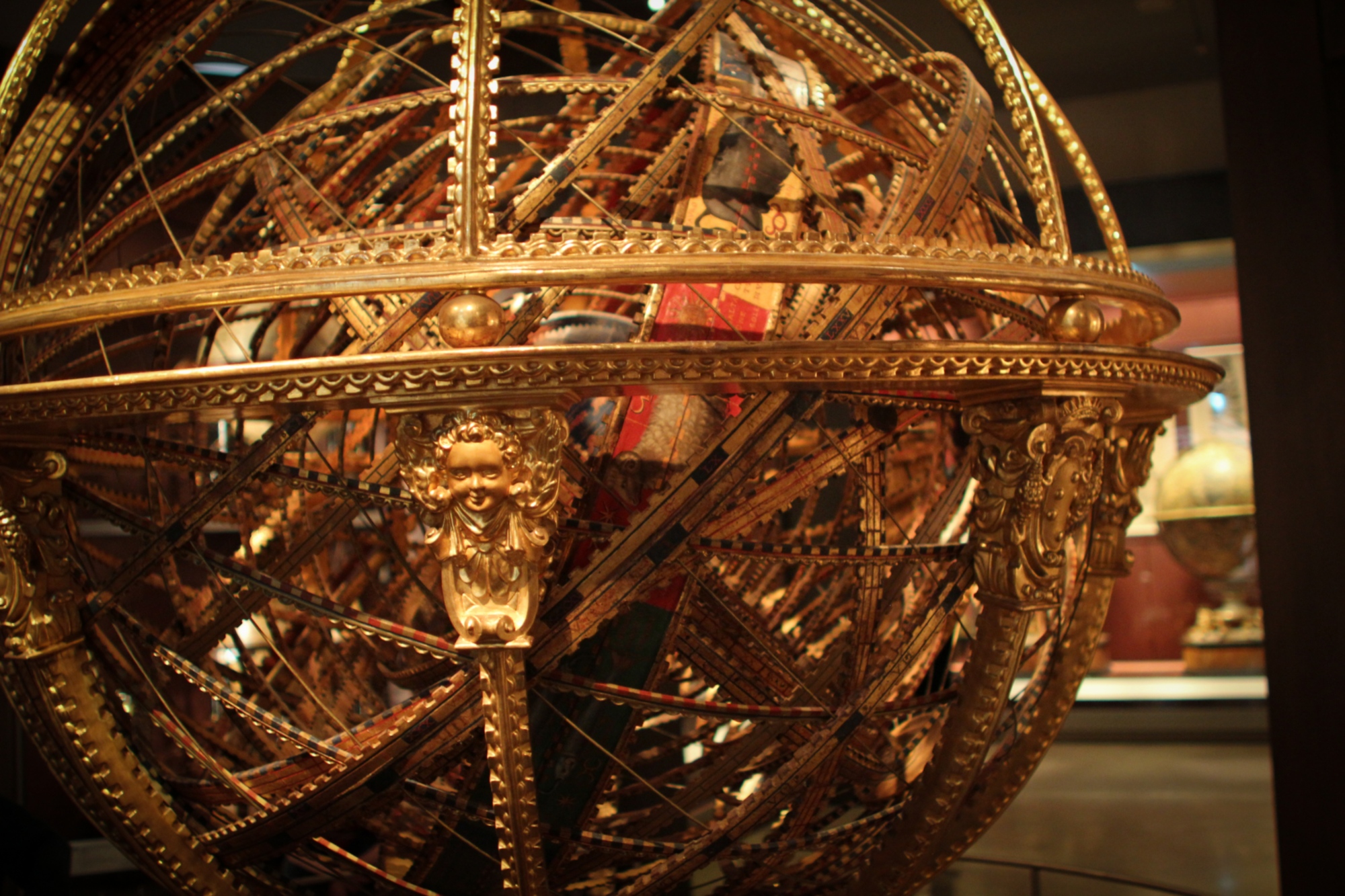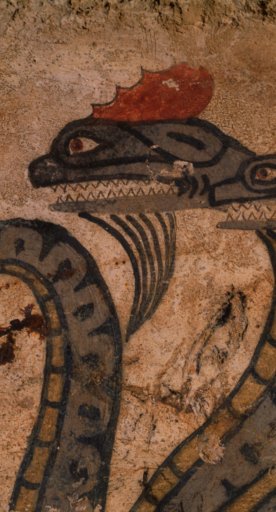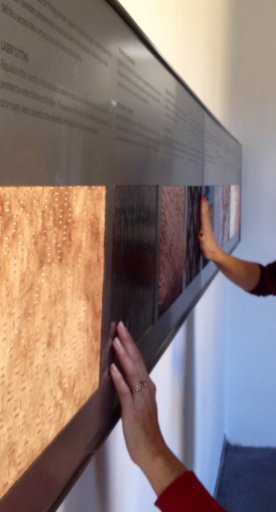
In Galileo’s footsteps: areas of scientific interest in Tuscany
Commemorating the life and works of the great scientist
Have you long been a fan of Galileo and the sciences? Now that you’ve made it to Tuscany, why not explore some of the places directly connected to this great genius, who was born and lived here in the late 16th century. Below is a list of the major spots with a link to legendary scientist, including museums, laboratories and observatories.

The Fortezza Vecchia in Livorno is where Galileo and the scientists at the Accademia del Cimento made important observations and carried out significant experiments regarding pendulums and the movement of propelled objects.
Florence boats more than a few connections to Galileo. Up first is the Torrino della Specola, which was built under Giovanni Battista Amici, the director of the observatory at La Specola, including the Torrino, and founder of the Officine Galileo, a producer of scientific and astronomical equipment. There’s also the Arcetri Astrophysical Observatory, near the villa where Galileo spent his last years.
Prato is home to the Museum of Planetary Sciences, where visitors can gain a better understanding of the solar system by studying the observations of Jupiter’s satellites originally carried out by Galileo in 1609. In San Marcello Pistoiese, you can take a “trip” around the solar system at the Parco delle Stelle, near the astronomical observatory. In Siena, you can explore themes like the solar system, measuring time by the movement of the stars and the “horror vacui’ at the Accademia dei Fisiocritici.

Pisa is where Galileo was born and where he studied, so there’s no better place to get to know the scientist and his discoveries, thanks especially to the games offered by the Ludoteca Scientifica and the Museum of Mathematical Instruments, which has reconstructions of some of the instruments the scientist used. Visitors can also touch and examine one of the most advanced and innovative instruments used today to observe the stars: a scale model of the ‘Fermi/GLAST’ gamma ray space telescope. This model was made by La Limonaia Scienza Viva, an association which aims to expand people’s knowledge of science.
In Monsummano Terme, you’ll find a display at the Museum of the City and Territory that examines the contributions made to science by the Valdinevole resident and Galileo’s last disciple, Vicenzo Viviani. Finally, tour the Media and Communications Museum in Arezzo for a look at Galileo’s instruments and works, rounding out this Galileo tour with a close look at Italy’s master of science.















































































